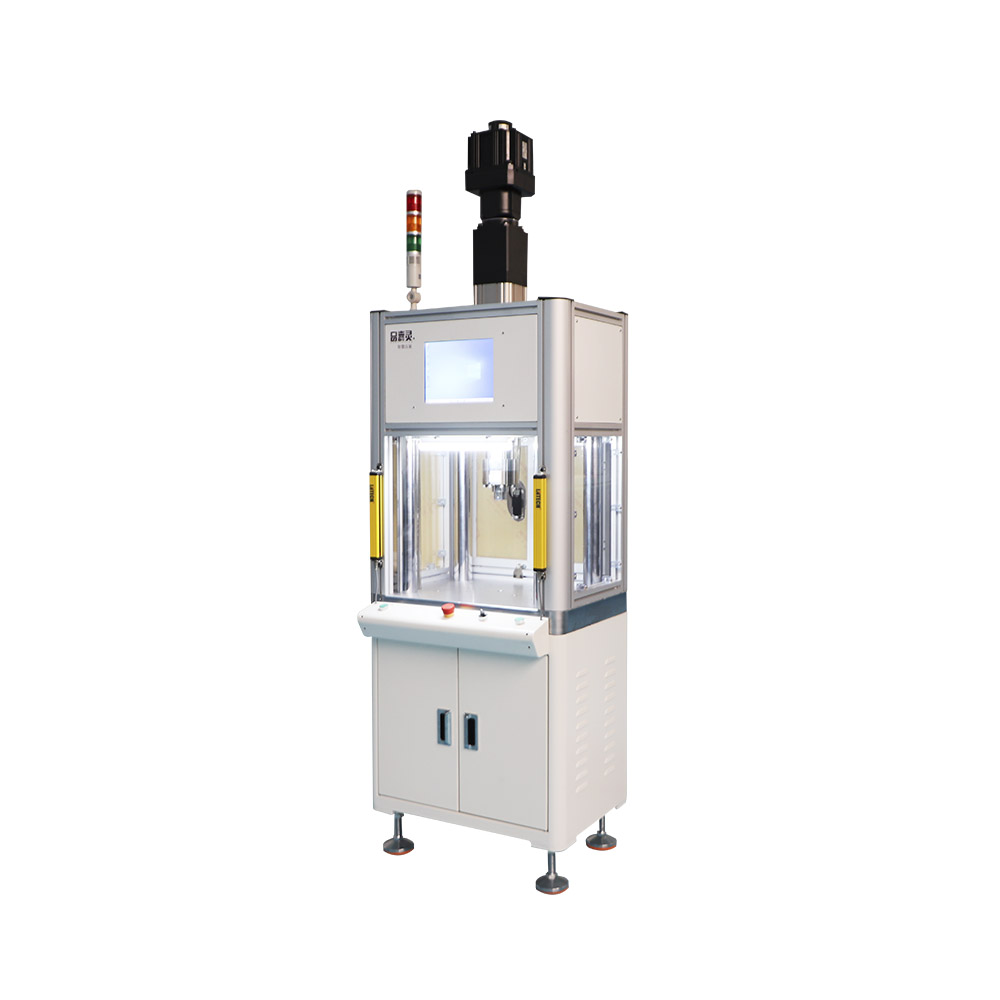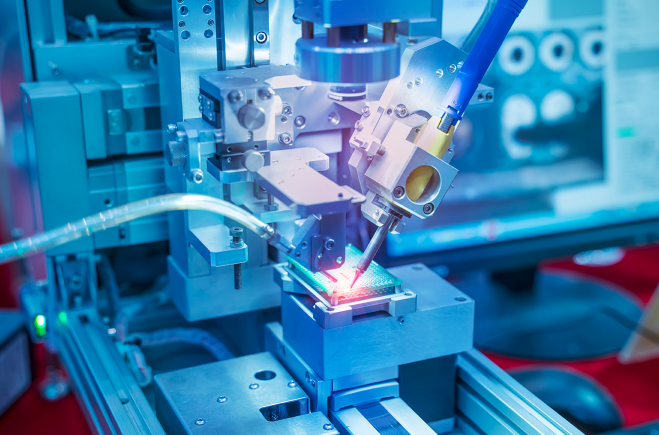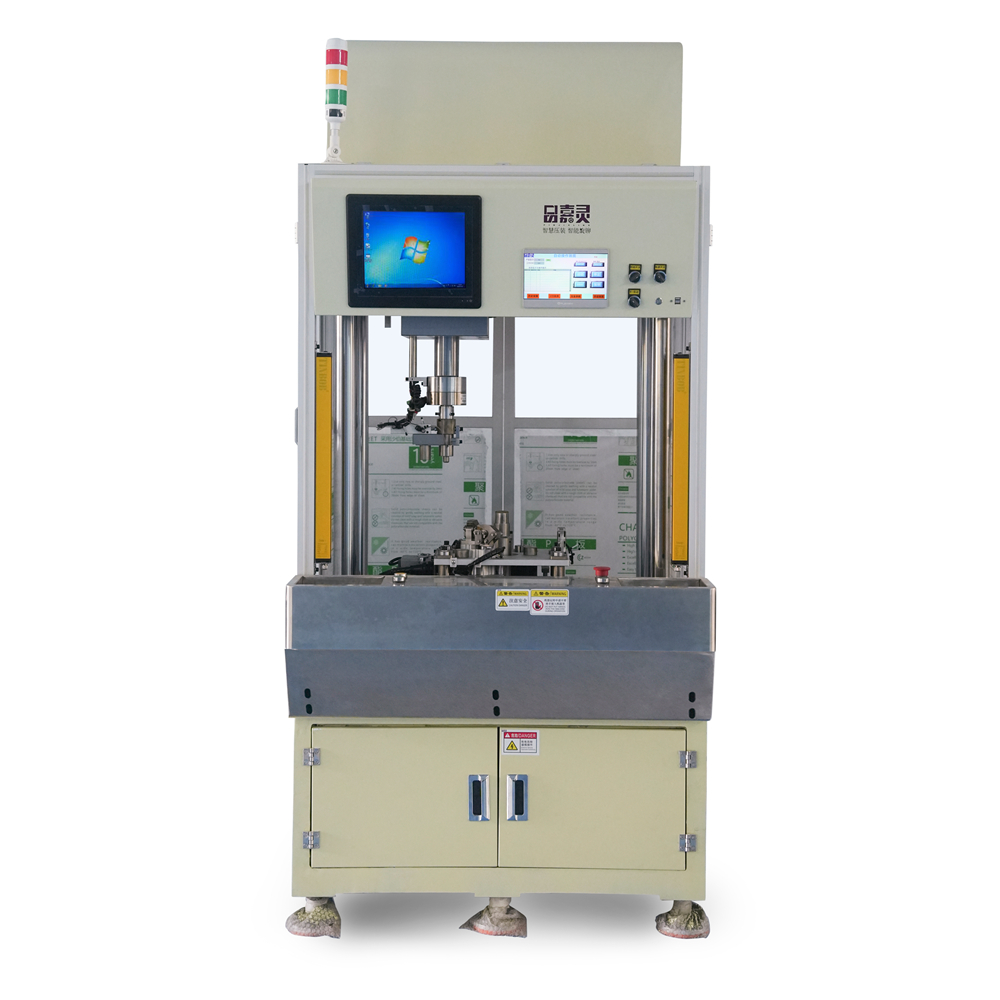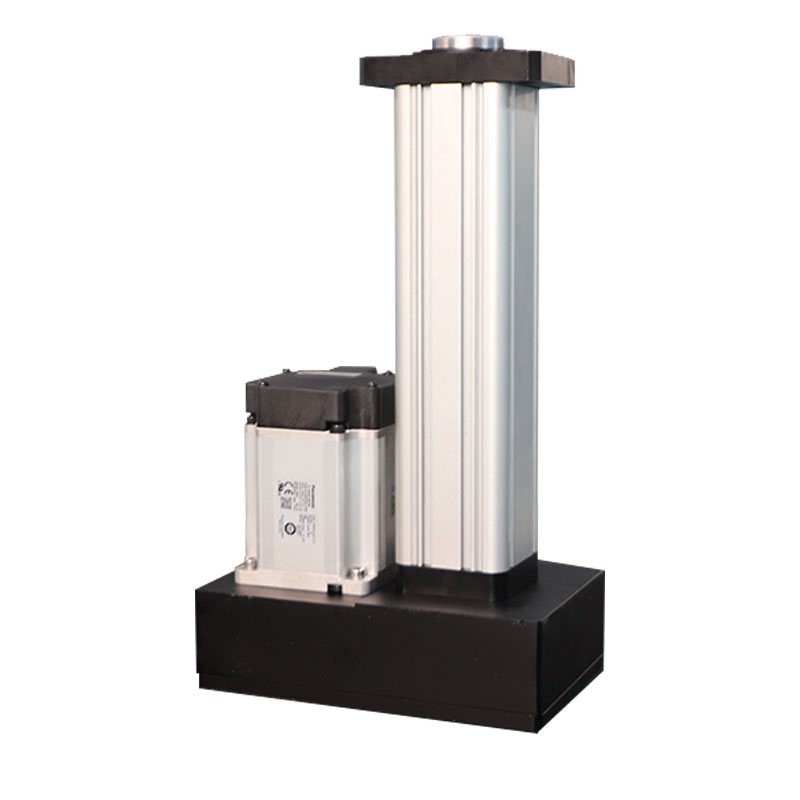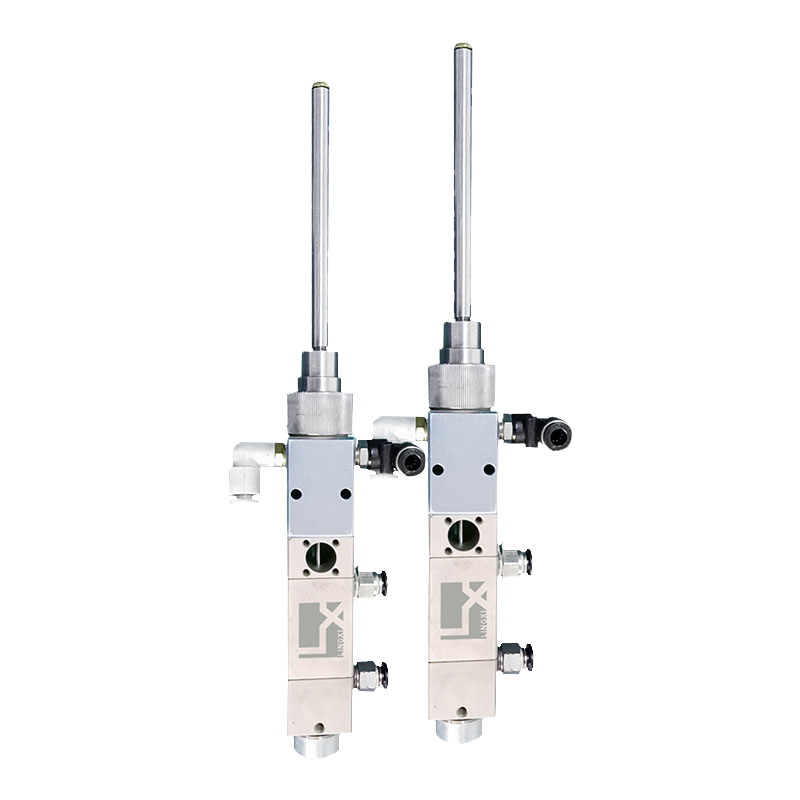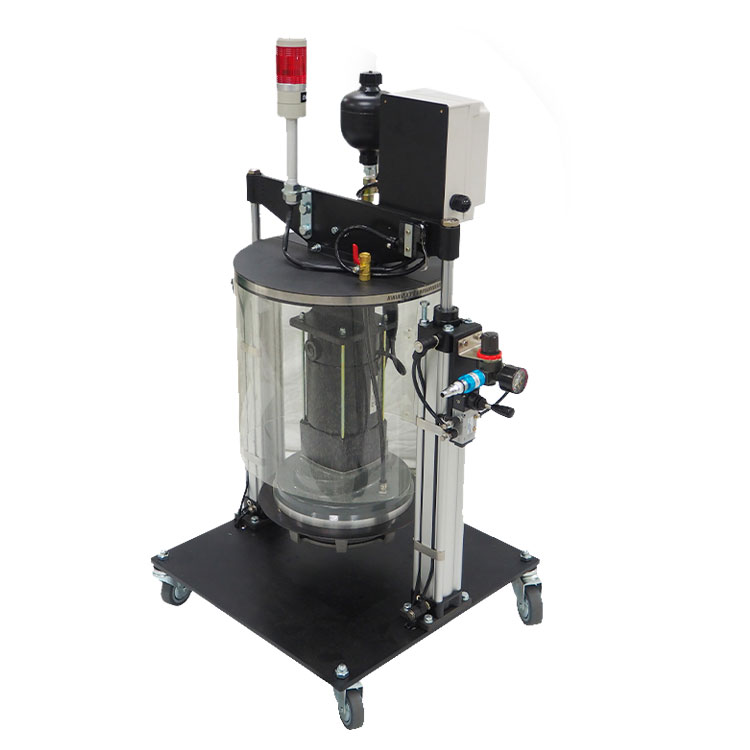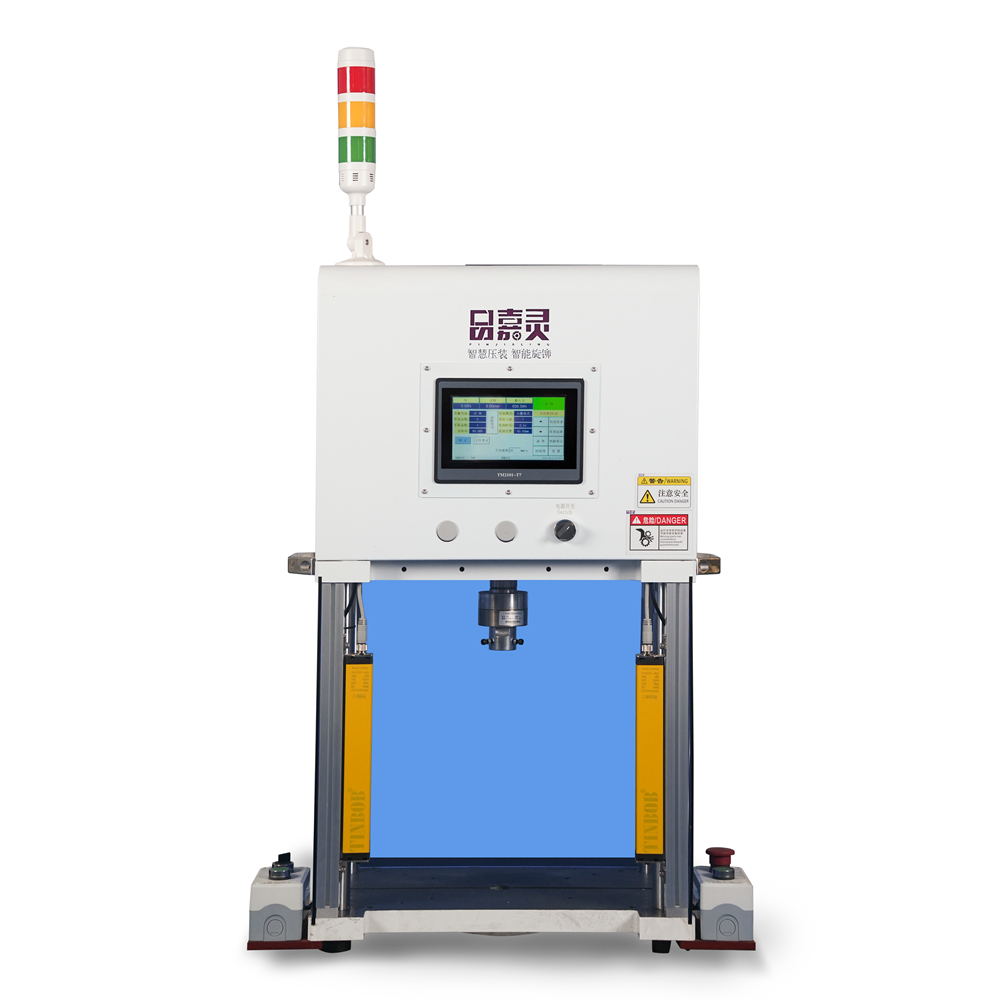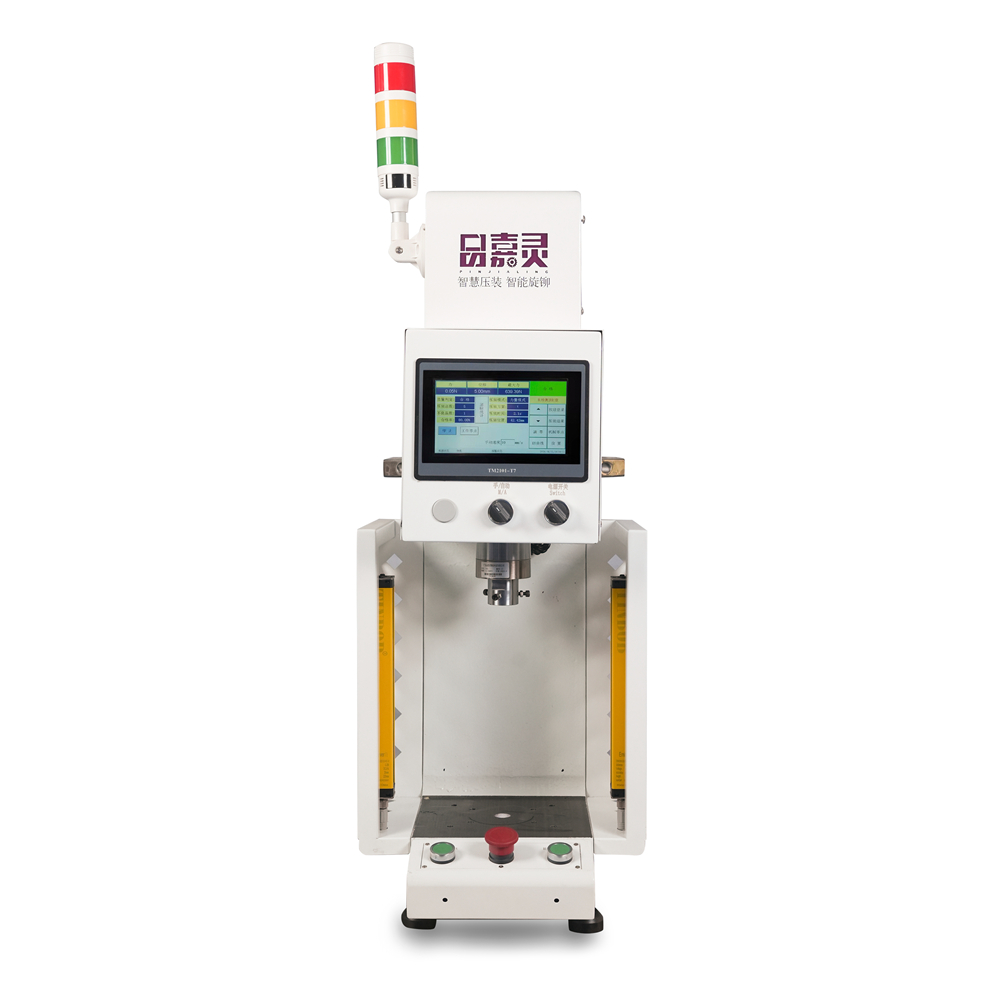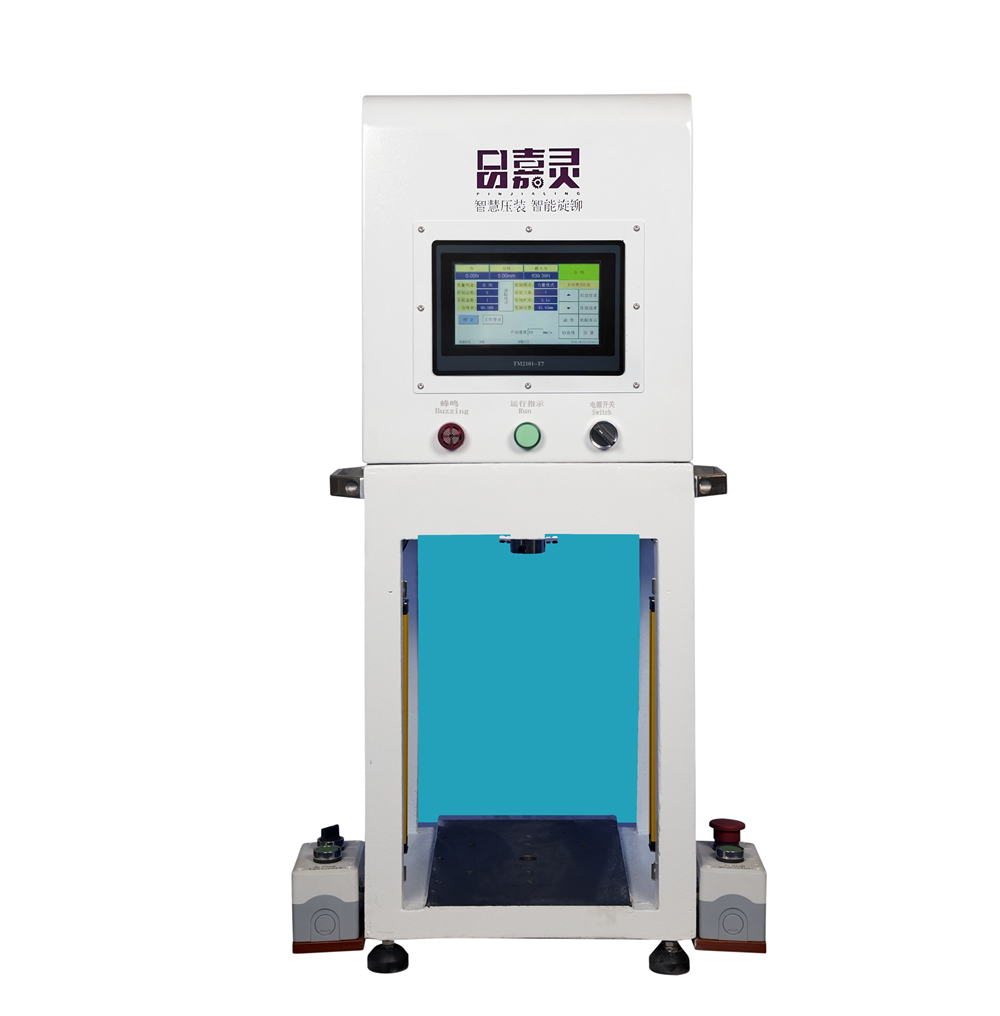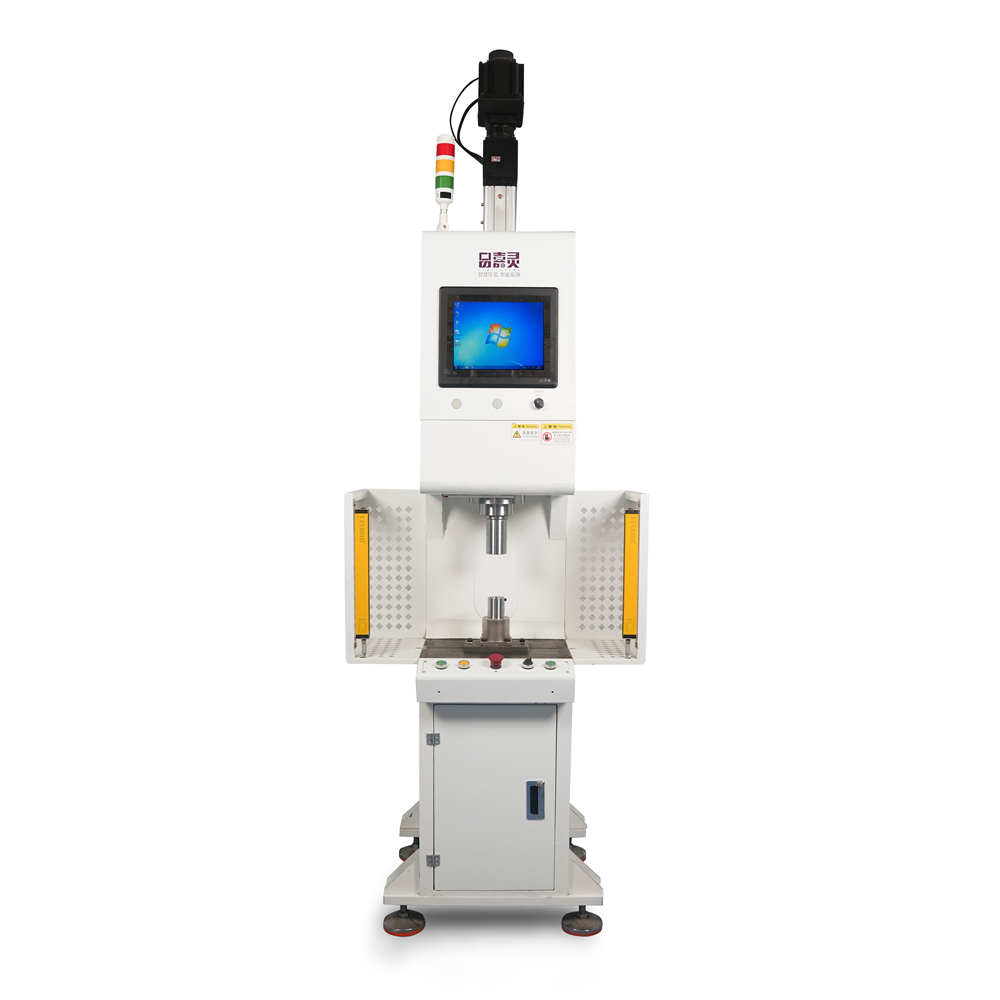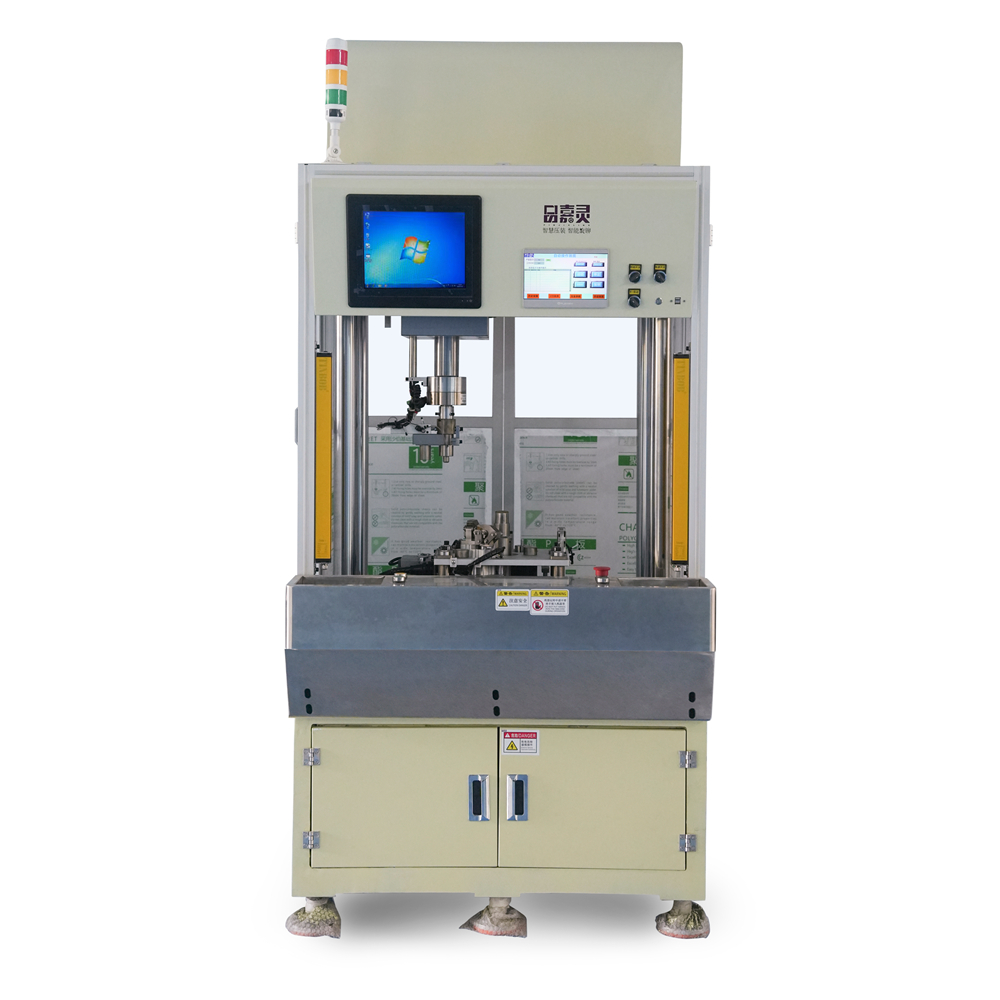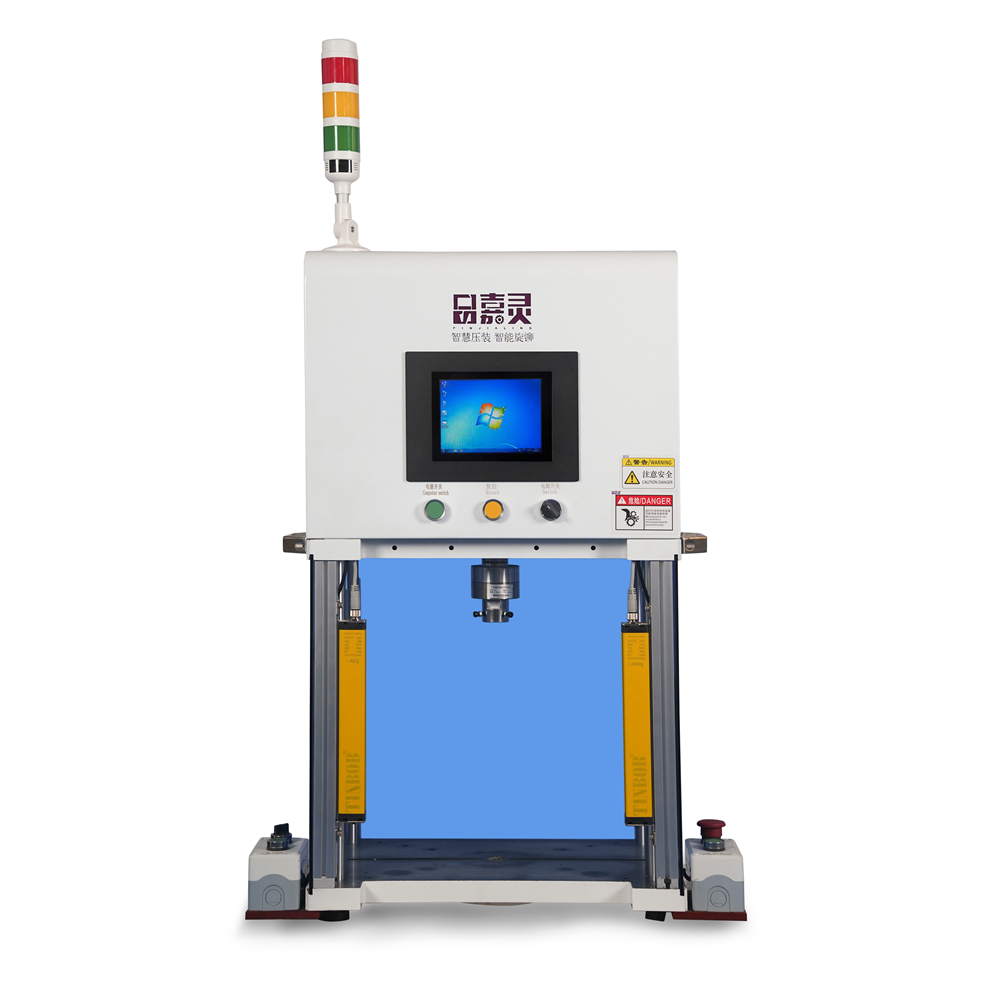Nano Linear Actuator: Revolutionizing Precision Motion Control
Invoering:
In recent years, there has been a growing demand for high-precision motion control systems in various industries such as robotics, biomedical engineering, and manufacturing. The traditional linear actuators used in these systems often fall short in terms of accuracy, speed, and size. However, a breakthrough technology called Nano Linear Actuator has emerged, promising to revolutionize precision motion control. This article will delve into the workings of this innovative actuator and explore its potential applications.
What is a Nano Linear Actuator?
A Nano Linear Actuator is a cutting-edge device designed to provide precise and controlled linear motion in nanometer increments. Unlike traditional actuators, which rely on bulky mechanisms such as gears and belts, Nano Linear Actuators utilize piezoelectric materials or electrostatic forces to achieve extremely high resolution and accuracy. These actuators are typically compact in size, making them suitable for applications where space is limited.
Working Principle:
The working principle of a Nano Linear Actuator depends on the type of actuation mechanism used. One common type is the piezoelectric actuator. Piezoelectric materials, such as lead zirconate titanate (PZT), exhibit a unique property known as the piezoelectric effect. When subjected to an electric field, these materials undergo deformation, converting electrical energy into mechanical motion. By carefully controlling the applied voltage, the displacement of the actuator can be controlled with nanometer precision.
Another type of Nano Linear Actuator uses electrostatic forces to achieve motion control. These actuators consist of two electrodes separated by a small air gap. Applying a voltage difference between the electrodes generates an electrostatic force that attracts or repels the movable part of the actuator. By modulating the voltage, the position of the actuator can be controlled with exceptional accuracy.
Advantages and Applications:
De Nano Linear Actuator offers several advantages over traditional linear actuators. Firstly, its nanometer-level resolution enables precise positioning, making it ideal for applications that require high accuracy, such as microscopy and nanomanipulation. Secondly, the small size of these actuators allows them to be integrated into compact systems, enabling miniaturization and portability. Additionally, the absence of mechanical components like gears and belts reduces friction and backlash, resulting in smoother and more reliable motion control.
The applications of Nano Linear Actuators are diverse and promising. In the field of robotics, these actuators can be used in robotic arms and grippers to achieve precise manipulation of objects. In biomedical engineering, they can facilitate precise positioning of microsurgical tools or assist in drug delivery systems. Nano Linear Actuators can be employed in the semiconductor industry for the precise alignment of wafers during fabrication processes. These are just a few examples of the vast potential that this technology holds.
Challenges and Future Developments:
While Nano Linear Actuators offer groundbreaking capabilities, there are still challenges to overcome. One major challenge is the integration of multiple actuators to achieve complex motion control. Coordinating the movement of multiple actuators requires sophisticated control algorithms and precise timing. Additionally, the durability of these actuators needs to be improved to ensure long-term reliability under demanding conditions.
Looking ahead, the future of Nano Linear Actuators seems promising. Researchers are actively exploring new actuation mechanisms and materials to further improve the performance and reliability of these devices. Advanced control algorithms and artificial intelligence techniques are also being developed to enable more complex and autonomous motion control systems. With continuous advancements, Nano Linear Actuators are expected to play a crucial role in shaping the future of precision motion control.

Conclusie:
The Nano Linear Actuator is a revolutionary technology that promises to transform precision motion control. By leveraging piezoelectric materials or electrostatic forces, these actuators offer nanometer-level resolution and exceptional accuracy. Their small size and absence of mechanical components make them suitable for various applications in robotics, biomedical engineering, and manufacturing. While challenges exist, ongoing research and development efforts ensure a promising future for Nano Linear Actuators. As this technology continues to evolve, it will undoubtedly pave the way for more advanced and precise motion control systems.
- How does the S-type servo press work?
- As a kind of precision CNC servo electronic press, the working principle and characteristics of...
- What is a linear servo actuator?
- As an important mechatronic product, the linear servo actuator plays a key role in modern...
- Four-Column Gantry Servo Press: High Precision Pressing, Leading the Way in Intelligent Manufacturing
- In modern manufacturing, the four-column gantry servo press has become the preferred equipment for many...
- Servo Linear Actuator: Precise and Stable Industrial Force
- Servo linear actuator, as an important component in the field of modern industrial automation, plays...
- What exactly is a spray valve?
- Spray valve, this term is not uncommon in daily life and industrial production, but many...
- Electric Butter Machine: Detailed explanation of mechanism, structure and function
- As an efficient and convenient butter production equipment, the electric butter machine realizes the fast...


